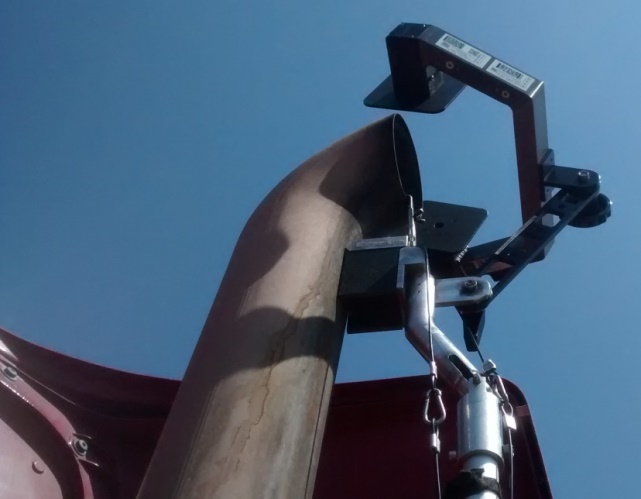So Your Truck Needs a Smoke Test?
When all systems are operating properly, today’s newer diesel engines do not produce smoke like older diesel engines used to. The days of “rolling coal” are over, and this is a great thing for our health and the environment, too.
Here in California, where the Mitchell 1 headquarters are located, commercial diesel powered trucks are required to be tested annually for smoke opacity. Many other states have adopted California’s rules regarding diesel smoke opacity testing, so get ready — sooner or later a smoke opacity test may be required for your entire fleet or your customer’s fleet of trucks.
An opacity test is performed by placing a sensor in the exhaust system outlet and executing a wide-open-throttle; unloaded engine acceleration runs with the transmission in neutral. The sensor measures the “blackness” of the smoke, which is printed to a test report for record keeping.


Typical Opacity Test Sensor Typical Exhaust Aftertreatment System
While opacity limits vary in different states, it is safe to assume that if a newer diesel vehicle has visible smoke exiting the exhaust system, then something may not be right. In fact, with 5% opacity limits here in California, any visible smoke from a truck equipped with Selective Catalyst Reduction (SCR) is an indication the truck will most likely fail its opacity test.
So what can you do to make sure your truck passes a diesel smoke opacity test? First of all a visual inspection is in order and will provide a great initial indication of system integrity.
- Is there any soot buildup at the exhaust outlet? SCR equipped vehicles will have very little if any soot visible.
- Are there any obvious exhaust leaks? These will require repair prior to any testing.
- With the engine accelerated and the transmission in neutral was there an exhaust plume – any visible smoke? If so this may be an indication of improper emissions system operation that needs further investigation prior to testing.
- Are there any fault codes related to the aftertreatment system?
Any of these may require testing and/or disassembly and inspection of the exhaust aftertreatment system. Here’s where Mitchell1’s TruckSeries truck repair software will be invaluable. TruckSeries has information such as description and operation of aftertreatment systems, fault code troubleshooting, component locations, and component replacement instructions. This will ensure that you and the truck are ready for a smoke opacity test to help keep the air clean for all of us!
Want to learn about TruckSeries?
Request a FREE DEMO today!
You may also like to read:
Diesel Fuel Contamination Signals and Your Repair Information

